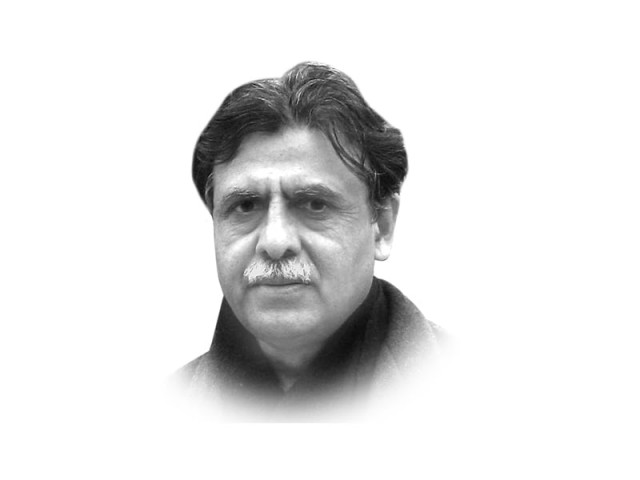Seraiki dilemma: the way forward
We need to opt for regionalised development model by declaring South Punjab a region within existing federating unit.

The writer is a public policy analyst and has served on key administrative positions in the Seraiki region
The previous PPP government had passed a resolution in the Senate for the creation of a province in Punjab’s Seraiki belt. The move, however, reflected the poor homework of the party as it did not evolve a consensus in the National Assembly nor did it have the requisite numbers in the Punjab Assembly. Above all, creating a separate province was contrary to the thinking of the elder generation of the party leadership. The architect of the 1973 Constitution made it doubly difficult to change the configuration of the existing provinces and required concurrence of the assembly of the affected province with a two-thirds majority. This idea had a rationale. At the time of independence, it was the constituent units that gave birth to the republic and not the other way round. The provinces preceded the federation.
The current imbroglio in south Punjab and in other regions can be likened to the core-periphery asymmetry. The core (Lahore) and the periphery (Multan) are locked in an asymmetrical relationship, which has widened the economic gap between them and has also resulted in a real and perceived cultural depravity. If we accept this analogy, then we are faced with yet another dilemma. How do we look at the asymmetry between another core, Multan, and its periphery, Rajanpur, falling within the same belt? The unit of analysis, therefore, cannot be a geographical domain alone, as a new province may well provide grounds conducive to the circulation of the elite but may not necessarily address the real issue.
The Seraiki language has been a powerful social and cultural metaphor and purveyor, which cuts across provincial boundaries. It is one of the most widely spoken and understood languages of Pakistan. The dilemma here, however, stems from the fact that while transforming this expansive cultural force into a political narrative, it is being confined, in tangible terms, to only the southern part of Punjab, which is far more multi-ethnic and diverse today than ever before. Those who are familiar with the history of colonisation and resettlement in Punjab are aware of the population mix of the region. At this point in time, the city of Multan may well be the largest non-Seraiki speaking city in the whole region. That does not mean that third generation settlers in the region are less sensitive to the Seraiki ethos. They have indeed imbibed the local nuance remarkably well, and at the same time, are bilingual in many ways. The point I wish to make is that any move to create a separate province will change the nature of internal discourse of the region and the buck will just not stop here. It will have instant bearings on other parts of the federation.
Considering the intractable procedure laid down in the Constitution, one does not see any breakthroughs in this regard in the foreseeable future. There is, however, room for manoeuvre within the given policy constraints. We need to opt for a regionalised development model by declaring South Punjab a region within the existing federating unit through an enactment passed by the provincial assembly. Formula-based fiscal transfers should be secured through legislative cover and parliamentary oversight. This arrangement should forestall any move by the provincial executive to reappropriate any sum, once allocated, out of the region. Block allocations, which serve as carrot and stick tools for the government, should be stopped forthwith, or at least, capped at a bare minimum through legislation.
There is also a need to create regional service cadres instead of lumpy, unmanageable provincial cadres. Recruitment, placement, transfer and promotion of lecturers and medical officers, for instance, should be at the regional level. Lateral inter-regional movement should be at the level of grade 20 and above. This will only require amendments to the service rules and will take care of the issue of regional representation as well.
For the promotion of culture and language, the universities of the region should play a more strident role. The government needs to come up with a well-thought out intervention for quality education in the region, aligning it with professional requirements. The universities of the region have played a commendable role but they need a bigger push to bring about a further turnaround. Also, as agriculture will continue to be the mainstay of the region’s economy, it needs a big thrust in the strategic area of value addition. This may well call for appreciable investment in research and development.
All the above-mentioned interventions have to be mounted in tandem in an imaginative manner. Is the government and our leadership ready for that? Let us wait and see.
Published in The Express Tribune, February 18th, 2014.
Like Opinion & Editorial on Facebook, follow @ETOpEd on Twitter to receive all updates on all our daily pieces.














COMMENTS
Comments are moderated and generally will be posted if they are on-topic and not abusive.
For more information, please see our Comments FAQ